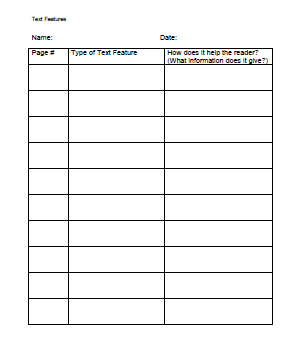“Don't
say you don't have enough time. You have exactly the same number of hours per
day that were given to Helen Keller, Pasteur, Michelangelo, Mother Teresa,
Leonardo da Vinci, Thomas Jefferson, and Albert Einstein.” - H. Jackson Brown,
Jr.
Have a good week,

































